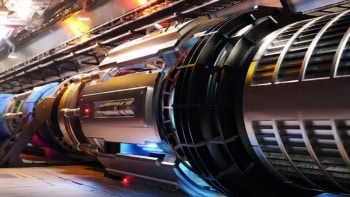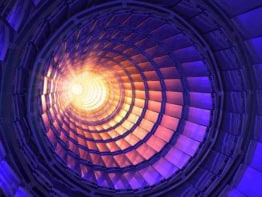Every 18 months the number of transistors that can be packed onto a typical computer chip doubles. This is Moore’s law – an empirical demonstration of our ingenuity to develop faster computers. Moore’s law has held for the last 50 years, and if it holds for another 10 to 20 years then we will have created transistors that are the size of atoms. At this scale the classical laws of physics break down and are replaced by quantum mechanics.
But reaching the quantum scale in computing is about much more than miniaturization. By exploiting counterintuitive effects at the heart of quantum mechanics, researchers are taking a “bottom-up” approach and are striving to produce a fully fledged quantum computer. Such devices would be able to solve more difficult problems than a classical computer in a fraction of the time.
Now Michael Mehring, Jens Mende and Werner Scherer at the University of Stuttgart in Germany have taken an important step towards this goal. They have succeeded in entangling the quantum spins of electrons and nuclei in an organic molecule (Phys. Rev. Lett. 90 153001).
In the July issue of Physics World Jonathan Baugh and Raymond Laflamme from the University of Waterloo in Ontario, Canada describe how this electron-nuclear system could form a basic element of a solid-state quantum computer.



